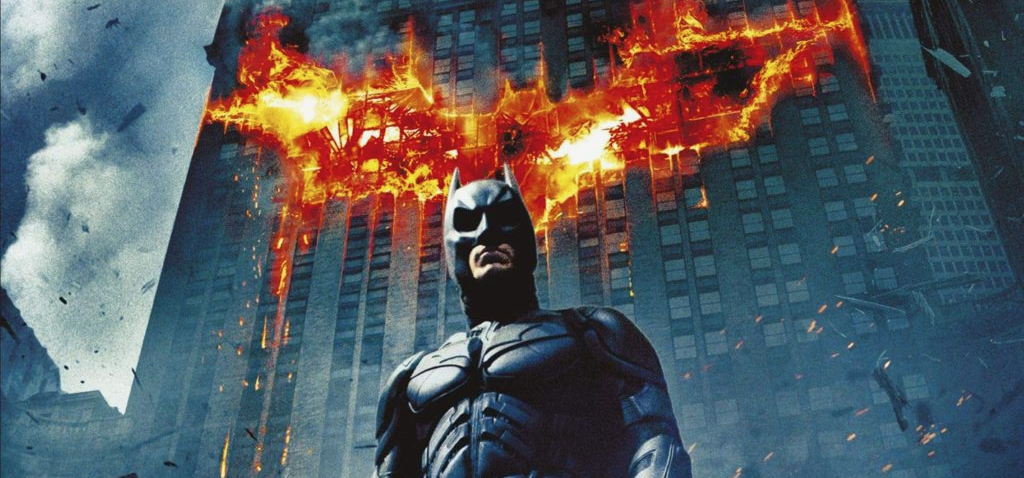Beyond mere visuals and mechanics, game design is a language of engagement, emotion, and—probably most significantly for companies—value generation.
Even the most sophisticated digital games can be stripped down to show the blueprint of how design shapes perspective.
From UI choices to gameplay loops, every component gently influences a player’s willingness to spend.
Among the most amazing case studies available here is the emergence of block-based games, especially the venerable Minecraft. Minecraft has changed how people interact with virtual worlds—and how those environments are monetized—by having simple visuals yet infinite possibilities.
Blocky sandbox games teach important lessons about value and audience retention while artificial intelligence technologies like LogoAI enable producers to precisely brand and price digital things.
Designing for Flexibility Creates Value
Unlike conventional, linear video games, sandbox games such as Minecraft are meant to be freely accessible. Long-term player interaction is much influenced by this design concept. Players create stuff, not only interact with it. This gives apparent value as users are not constrained by pre-defined pathways. They are free to investigate, play, even create games inside the game.
This method of game design increases players’ emotional involvement rather than merely increasing their time spent in the environment. And flexible pricing policies are made possible by that emotional commitment. Given their great degree of involvement, gamers are more willing to pay for expansions, cosmetics, or server enhancements.
Consider the java minecraft price. The Java Edition of Minecraft commands a consistent premium even though it is more than ten years old. What then? Since the game’s design encourages limitless repeatability. Customizable mechanisms, user-generated material, and modding groups add to its lifetime that justifies the cost. It’s a great illustration of how choices in design could support long-term value.
Source: pixabay.com
What Pricing Lessons Block-Based Worlds Share with Us?
When examining the popularity of Minecraft and related games like Roblox or Terraria, several design ideas obviously support scalable and flexible pricing policies. These realizations are applicable to digital entrepreneurs, marketers, and brand designers in addition to game makers.
Here are the main teachings:
- Minimalism Does Not Correspond with Cheapness
Though it reduces production expenses, Minecraft’s pixelated simplistic design does not give the game cheap value. Worth is driven by its open-ended character. - Customization Promotes Microtransactions
Players like the chance to customize their environment. This lets you make money off of skins, modifications, and other add-ons. - Social Connection Improves Spending
Stronger monetizing possibilities abound in games with multiplayer capabilities. Cooperation and community help to raise apparent worth. - Tools for Creation in Economy
Giving users the tools to create—like Redstone in Minecraft or Lua programming in Roblox—allows them to add value, which then raises their willingness to spend. - AI Integration Increases Market Attractiveness
Players looking for smarter, more dynamic gameplay are drawn to the AI Minecraft gaming trend. Developers of games with artificial intelligence design components are presenting their works at high standards.
Modern game design and branding: the function of artificial intelligence
AI is changing not only how games are played but also their design, branding, and pricing as it gets more sophisticated and easily available. Within the field of the AI minecraft game online specialty, we are beginning to find modifications and servers creating intelligent NPC, adaptable settings, and procedural narrative using artificial intelligence.
Greater perceived value resulting from an AI-enhanced design drives gamers more willing to pay premium content or subscribe to servers. It also gives companies chances to match changing expectations—particularly for tech-savvy consumers who demand intelligence and personalization from every digital product they use.
From a branding standpoint, technologies like LogoAI can let game developers create brand materials reflecting the flexible, future-forward attitude of these AI-enhanced games. A well crafted brand may accentuate the luxury feel of a game and justify more expensive pricing structures.
Ecosystematic Value and Hosting
Game design is about the environment around the software, not only about its programming. The great network of servers, developers, and community centers Minecraft has drives its success as well. And infrastructure helps that ecosystem to be sustained.
Performance counts for those operating custom customized servers or massive multiplayer maps. Maintaining community happiness and justifying premium access or contributions depend on choosing dependable minecraft server hosting.
Reddit groups like r/MinecraftServer often talk on how server stability and mod compatibility could affect retention and monetizing power. These ideas can help both server operators and game creators decide on subscription structures or price ranges.
Finally, designing for perceived value
When creating a game—or even a digital product—visual attractiveness is only one consideration. Intelligent game mechanics, community features, and customizing seen in Minecraft and other block-based games help to improve a product well beyond its outward look. They also demonstrate how design may support and extend pricing justification.
Creators should learn from games like Minecraft as artificial intelligence keeps impacting game design and branding. The ideas remain the same whether you are creating an AI minecraft game online or branding your own creative platform with tools like LogoAI: design for freedom, promote creativity, and know how these decisions affect perceived value.
From adaptable mechanics to infrastructure hosting, every element counts—block by block—in creating a digital empire.






